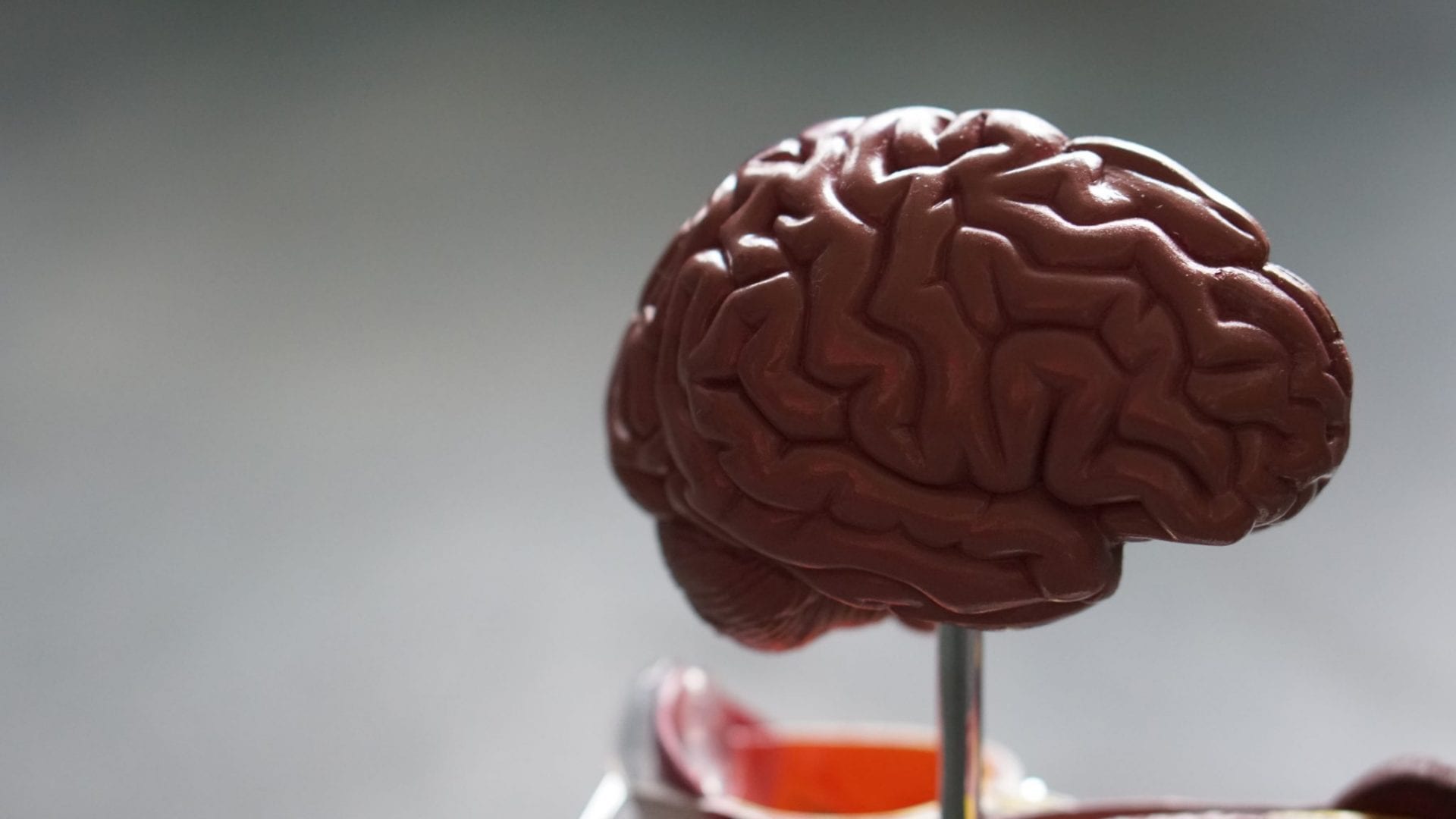You have created the perfect sales promotion. The prize on offer and the mechanic being used are both built on solid insight, reflect customer demand and tie directly into the big brand idea. Perfect. Next step? How many prizes can we afford with what’s left in the budget? We have £100K, each prize costs us £1,000, so it’s 100. Simple. Well, what if you knew that offering only 50 of them would deliver similar success levels, thus freeing up £50k to allocate to in store media or such like?
Ever-decreasing marketing budgets, combined with fierce competition in-store, mean the time is right to challenge the standard approach to planning promotional marketing. The size of the prize and how it impacts uptake haven’t been interrogated to any great extent, until now. Our research ambition was to identify just what does and doesn’t make a difference to the customer’s decision to pick up a promotional pack. By questioning some long-held assumptions of promotional marketing, analysing latest consumer behaviour trends, and working with behavioural psychologist Dr David Lewis, we’ve identified ways to optimise prize scenarios in relation to any given budget and undertaken the first detailed exploration into the psychological tipping point for promotion-led activations.
Insight, not assumptions
Many brands fall foul of thinking bigger is better when it comes to promotions. But, as our research found, assumptions made about consumer behaviour are often incorrect. Core findings from the research show how the following areas don’t necessarily lead to greater uptake:
- Higher odds vs lower odds of winning
- Higher vs lower value prizes
- The number of those prizes
- The frequency of winning them e.g. by hour, day, week etc.
These findings mean that by being a little smarter, brands can optimise spend without negatively impacting on the appeal of the offering and our research highlights exactly where the important tipping points lie.
Dr David Lewis explains these findings by citing the behavioural nuances between decision and choice and how they apply to the shopper. “Whilst a significant number of purchases are made only after conscious thought (decision), an even larger number of products are purchased on impulse (choice). Low-cost, FMCG products, where on-pack promotional activity is most prevalent, are largely purchased through choice. In fact, nine times out of ten when customers are obliged to think about a non-essential purchase, no sale results. Understanding customer mind-sets in aisle therefore is key to brands being able to build the right type of sales promotion strategy.
Dr Lewis continues: “Choices are made extremely rapidly, within 1/100th second or less, whereas decisions typically take between minutes and months. They are made non-consciously and can be likened to riding a bike, something most people are able to learn easily without ever being able to explain precisely how it’s done. And they are heavily influenced by emotions.”
What this means for on-pack promotions designed to change consumer behaviour, is that brands should not demand of the purchaser the kind of processing time and cognitive investment involved in decision making. They need to appeal to the instinctive subconscious. And beyond a certain tipping point, promotional claims around such things as odds of winning and opportunities to win become redundant.
Marketing is now in a place where unconscious behaviours are recognised as playing a far more significant role than was previously understood. Since “decision” and “choice” are often seen as interchangeable, and often lead to the same outcome, many regard them as synonymous. But they are not.” Factoring this in will allow brands to identify when prize spend becomes less than optimal and a waste of budget.
Reconciling with retailers
Although these findings certainly provide a compelling call to arms for brands, incorporating behavioural science into strategies is only half the battle. The bigger issue is getting retailers on board, as they hold the position of power when it comes to dictating pricing and which products and offers make it onto their shelves. Retailers are likely to be concerned about the promotion’s performance when brands are suggesting dropping the levels of prizes on offer. Suggesting that 10 holiday prizes will drive sales as much as 100 doesn’t sound logical without the wider context. It’s a challenge, but one that can be overcome. By demonstrating that these changes are based on science-led insight, and reassuring retailers that additional budget will be spent on wider marketing activity (in store and more broadly) to promote the promotion, they can be made to see the benefits.
The future of promotions
For decades the focus of marketers has been on the shoppers’ decision-making process and what can enhance or diminish the successful path to purchase. But in our opinion not enough emphasis has been put on the shopper mindset when it comes to promotion-led purchases. The essential point being to ensure that consumers approach it as a “choice” rather than a “decision”.
In an era of declining price promotions, there is a real place for sales promotions which, when done well, can simultaneously boost sales and brand love. These new findings mean that once all of the other strategic considerations have been solved brands can take the guesswork out of the challenges around prize fund investment to ensure that promotions are not just appealing but cost efficient. Calculating the psychological tipping point for that particular activity and investing accordingly – this is the future of promotion-led marketing.





